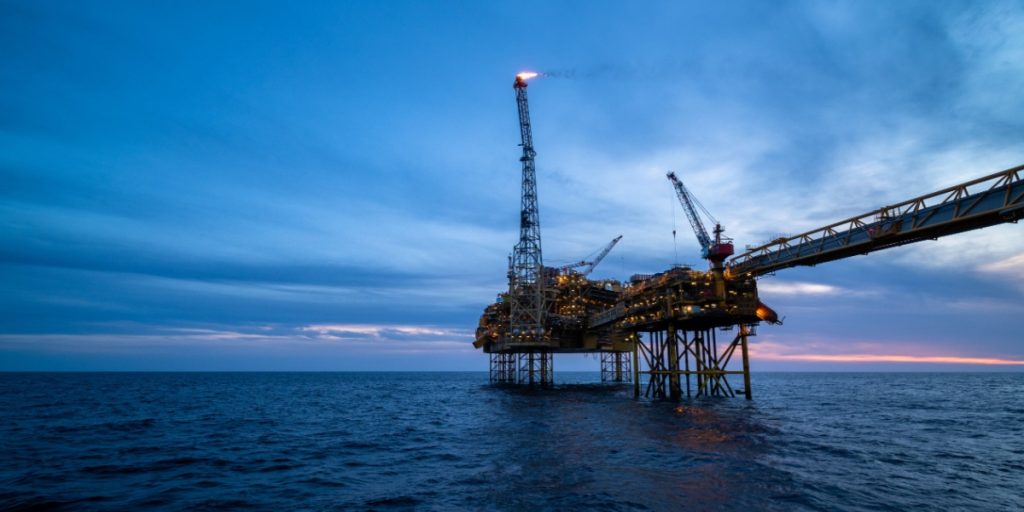This find is set to intensify the already high tensions in the region.
Others are reading now
China is the world’s largest importer of raw materials, but this could soon change.
On Wednesday, state media announced the discovery of a massive natural gas field in the South China Sea.
Named Lingshui 36-1, the field is estimated to contain over 100 billion cubic meters of natural gas and is described as the world’s first “ultra-shallow gas field in ultra-deep waters,” according to the official Chinese news agency Xinhua.
This term may seem confusing. While the gas field is located in waters more than 1.5 kilometers deep, the gas pockets are found close to the seabed, which explains the “shallow” description.
Also read
The discovery was officially confirmed by the China National Offshore Oil Corporation (CNOOC) in June and has now been reviewed and registered by state authorities.
The exact location of the field hasn’t been disclosed, but it’s situated in waters southeast of Hainan, China’s southernmost island province.
A Zone of Dispute
The discovery of Lingshui 36-1 adds to the already complex situation in the South China Sea, where China claims nearly the entire area under its “nine-dash line” policy. This claim overlaps with the territorial waters of Vietnam, the Philippines, Malaysia, Brunei, and Taiwan, leading to frequent disputes and tensions, especially over oil and gas exploration rights.
The South China Sea is a crucial region, not just for its rich natural resources but also as a major maritime route through which one-third of global trade passes.
This new gas field adds to China’s detected geological reserves in the area, which now exceed 1 trillion cubic meters of natural gas.
Implications for Gas Production
CNOOC has stated that the Lingshui 36-1 field can produce over 10 million cubic meters of natural gas per day. This discovery is part of China’s broader strategy to boost its energy security by exploring and developing more hydrocarbon resources in the South China Sea.
In 2023, China imported around 120 million tons of natural gas, spending approximately $64.3 billion.
Despite the economic potential, developing oil and gas resources in the South China Sea is challenging due to diplomatic and political issues. In the past, China’s assertive actions, such as deploying the Ocean Oil-981 rig near the disputed Paracel Islands, have sparked backlash, including widespread anti-China protests in Vietnam.
China’s activities in the region continue to strain relations with neighboring countries, particularly Malaysia and Vietnam, where Chinese coast guard ships have disrupted gas project operations and threatened vessels involved in oil drilling.


